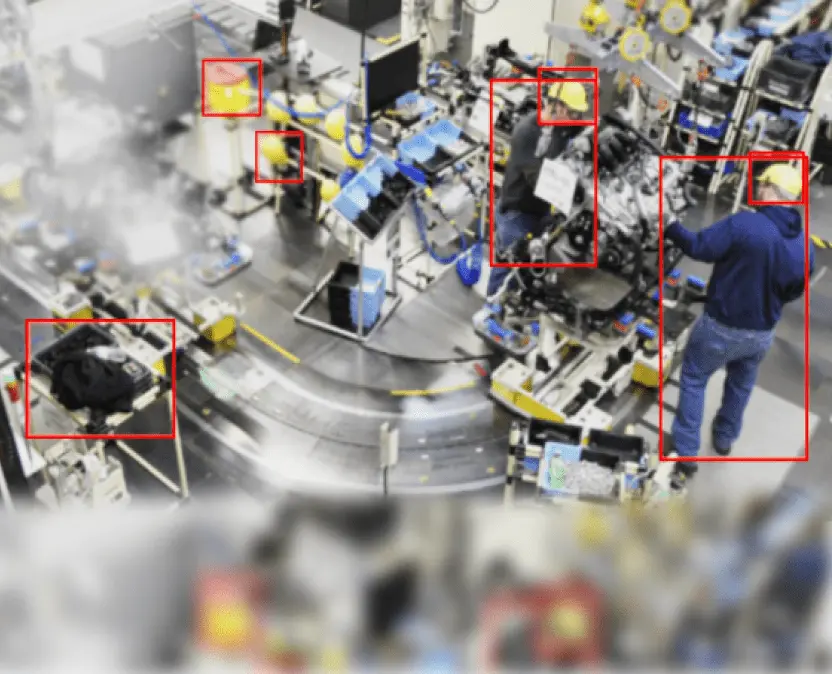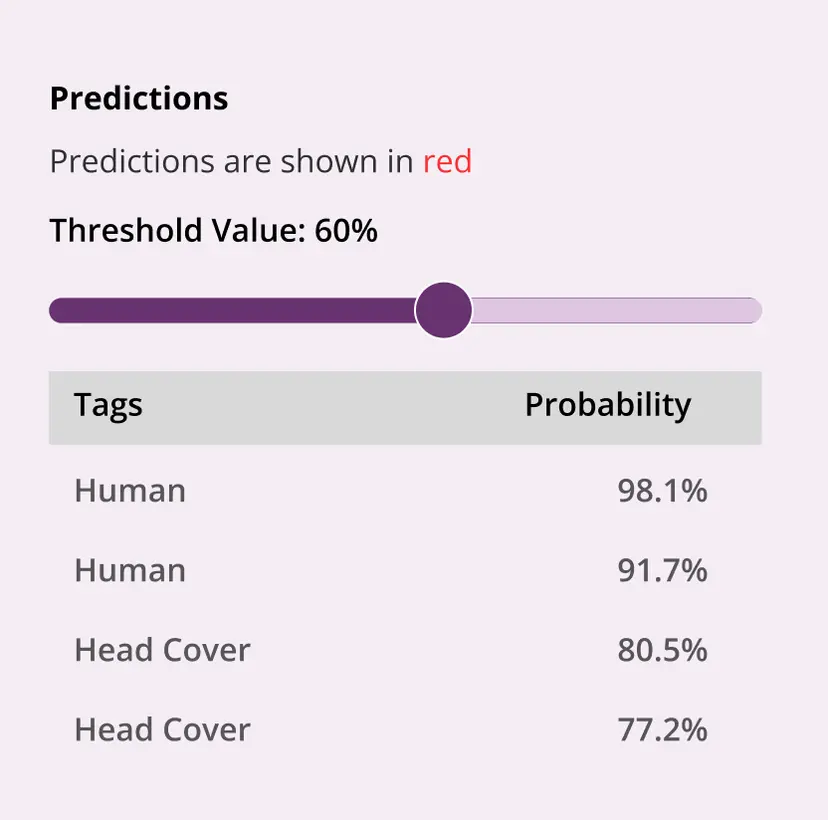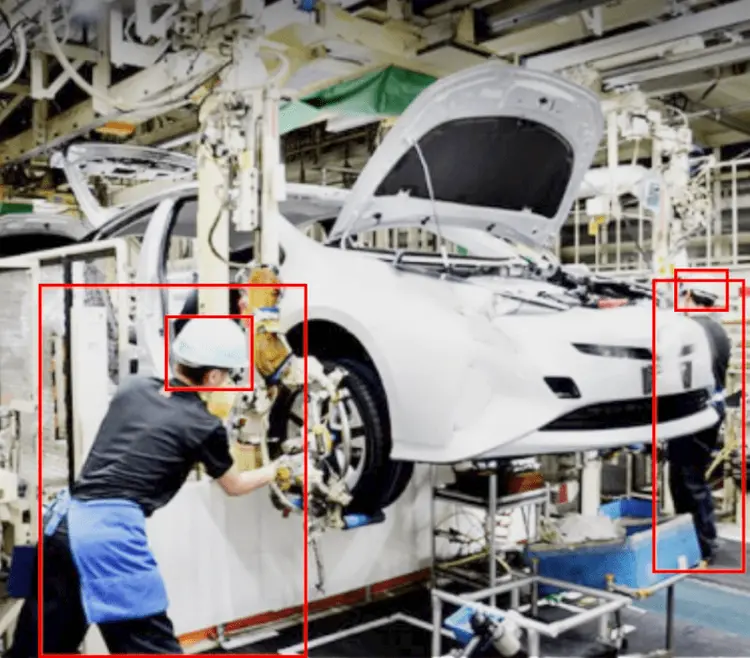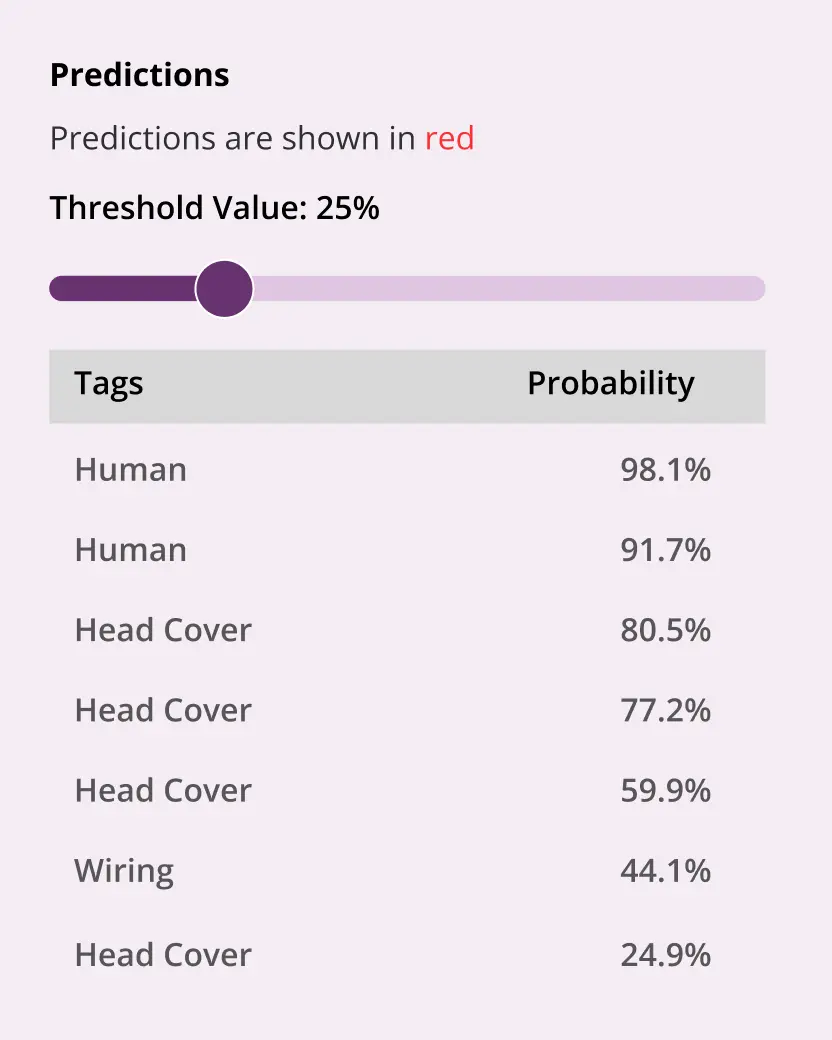Overview
A leading manufacturing organization faced rising safety challenges at high-risk sites. Despite compliance with strict protocols, hazard identification was tough because of system complexity. Shodat Inc. deployed an advanced vision-based system with object detection and distance calculation, greatly improving safety. The client has seen significant improvements, with the following results carefully estimated using robust research and industry standards, reflecting typical outcomes where complete client data was unavailable.
drop in safety incidents in 6 months
reduction in risk of penalties on OSHA, ANSI, and CCOH.
productivity boost from minimized downtime
reduction in insurance premiums due to fewer incidents
Problem Statement
The manufacturing company encountered critical safety challenges, including:
High Incident Rate
The organisation faced increasing workplace incidents, including injuries and near-misses, affecting employee safety and productivity. These incidents raised insurance premiums, driving up operational costs
Inconsistent Safety Compliance
The organisation needed to meet strict industry safety regulations, requiring thorough documentation and reporting
Limited Hazard Identification
Safety systems were reactive, addressing hazards only after incidents occurred. Manual monitoring led to inconsistencies and missed opportunities to proactively prevent risks
Solution Implementation
To overcome these challenges, the company deployed an intelligent, vision-based safety system across its facilities. This solution leverages advanced computer vision and AI to monitor the workplace in real-time, proactively detecting hazards, ensuring compliance and enhancing overall safety.
Object Detection PPE, Helmet, and Safety Equipment Compliance Management
A compliance management solution was implemented using advanced object detection techniques. Convolutional Neural Networks (CNN), particularly YOLO (You Only Look Once), were trained to recognize multiple safety items within a single frame, such as helmets, safety vests, and gloves. The models were trained on annotated datasets, and performance metrics like Mean Average Precision (mAP) and Intersection over Union (IoU) were continually tracked and optimized to ensure high detection accuracy.
Advanced Image Analysis using YOLO and Depth Sensing
YOLOv4 and YOLOv5 models were fine-tuned for precise PPE detection, with depth estimation (via MiDaS and DPT) improving spatial accuracy. Paired with tracking algorithms like SORT and DeepSORT, the system provided real-time feedback on compliance across video frames.
Performance was evaluated using Mean Average Precision (mAP) for detection accuracy, and Intersection over Union (IoU) to assess alignment of predicted bounding boxes with actual PPE positions, ensuring a reliable and accurate monitoring solution.
Advanced Safety Management
An integrated safety management system was developed, combining real-time monitoring with incident reporting and analytics. The system continuously monitored workplace conditions using cameras and IoT sensors to detect potential hazards before they escalated into safety incidents. Real-time data streams helped predict and prevent risks proactively.
Alerting Mechanism
When potential hazards were detected, the system automatically triggered alerts to safety officers and site supervisors. These alerts were delivered via SMS, email, and integrated directly into a central site management dashboard, ensuring immediate action could be taken to address safety risks.
Data Logging and Analysis
Non-compliance events were logged in a centralised database, enabling safety teams to analyse recurring patterns in safety breaches. By identifying specific areas or timeframes with low compliance, the system facilitated targeted interventions. Detailed reports, including video footage of incidents, were generated to support root cause analysis (RCA) and improve future safety protocols.




By adopting an Intelligent, Vision-Based Safety System, the manufacturing company effectively addressed workplace safety challenges across its expansive, high-risk operations. Proactive hazard detection, real-time alerts, and centralised compliance monitoring not only cut safety incidents but also cultivated a robust culture of safety and compliance throughout the organisation.